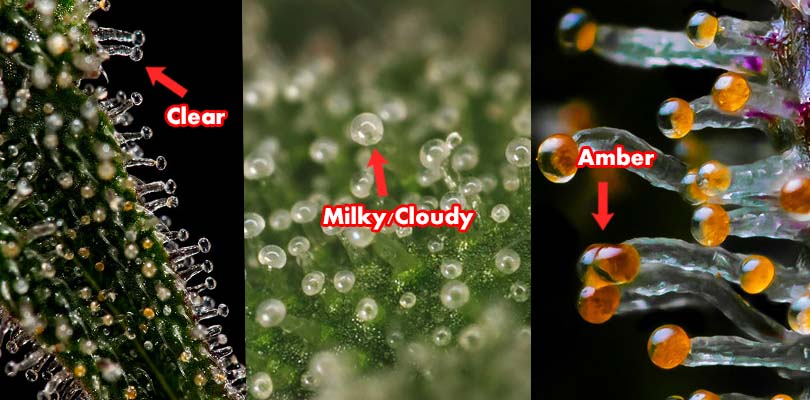The Single Strategy To Use For "Why Proper Harvesting Techniques are Crucial to Avoiding Over-Ripe Buds"

Suitable produce approaches are critical to staying away from over-ripe buds, and it is crucial to know why. Over-ripe buds may detrimentally impact the quality of the last product, leading to lowered effectiveness, taste, and aroma.
The goal of harvesting cannabis is to accomplish the optimum equilibrium of THC (tetrahydrocannabinol) and other cannabinoids while likewise maintaining terpenes. THC is the key psychoactive material in cannabis, while various other cannabinoids such as CBD (cannabidiol) have different medical advantages. heat stressed overripe buds are responsible for the distinct taste and fragrance of each stress.
Over-ripe buddies are those that have been left behind on the vegetation for too long before being collected. This can take place for a assortment of reasons, such as a shortage of know-how about when to harvest or merely an oversight through the producer. No matter of how it happens, over-ripe buddies can be destructive to the general top quality of the ultimate product.
One primary problem along with over-ripe weeds is a decline in effectiveness. THC levels start to drop after peak perfection has been reached, so hanging around as well long to gather can result in a lower attention of this essential substance. This means that consumers may not experience the preferred results coming from their cannabis products.
In enhancement to minimized potency, over-ripe weeds can easily additionally possess adverse results on taste and scent. Terpenes begin to weaken once height ripeness has passed, suggesting that hanging around too long to harvest may result in a much less tasty and sweet-smelling end product.
An additional problem with over-ripe buddies is an enhanced risk of mold and mildew or other impurities. As organic matter starts to break down on the plant surface area or during storing due to excess wetness material found in very mature cannabis flowers; it might pave way for mold growth which could be damaging if taken in through human beings or animals.
Harvesting at optimal ripeness calls for careful display throughout the expanding process. Producers must keep an eye on their vegetations, checking the pistils and trichomes to determine when the superior time to harvesting has gotten here. Pistils are small, hair-like frameworks that protrude coming from the weeds, while trichomes are small substance glandulars that make cannabinoids and terpenes.
Pistils will certainly start to switch coming from white colored to orange or red as the vegetation arrives at maturation, signifying that it is close to optimal maturity. Trichomes may be noted under a microscope or amplifying glass and will certainly alter in look as they arrive at peak perfection. These aesthetic signals supply producers along with the information they need to find out when it is opportunity to gather.
Once peak maturity has been achieved, proper harvesting approaches need to be employed for best outcome. This includes making use of pointy scissors or pruning shears to stay clear of damaging the buds during cutting, handling delicately therefore as not to agitate trichomes and terpenes on its area; keeping reduced temperature level and moisture during the course of storing so that grass remains new for longer duration.
In verdict, appropriate harvesting procedures are critical for avoiding over-ripe buds and guaranteeing that last products are of higher quality. Growers must observe their vegetations carefully throughout the growing method, spending focus to aesthetic hints such as pistil coloration and trichome progression. Harvesting at peak maturity can assist keep potency, flavor, and scent while likewise lessening the risk of mold or other impurities. Through complying with these rules, raisers can easily create marijuana products that meet consumers' high requirements for top quality and performance.

